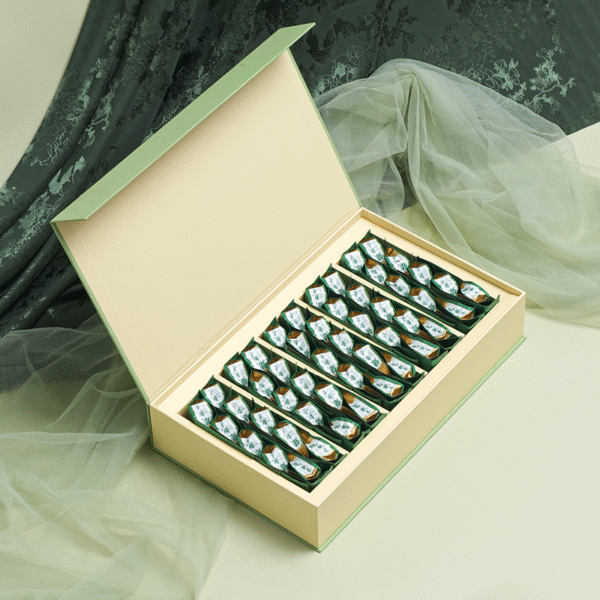First Grade Longjing Tea vs. Biluochun Green Tea: A Comparison

,文章要包含介绍、外观、香气、口感、产地、价格、结论等部分,字数1000字左右
html
First Grade Longjing Tea vs. Biluochun Green Tea: A Comparison
Green tea enthusiasts often find themselves torn between two of China’s most celebrated varieties: First Grade Longjing (Dragon Well) Tea and Biluochun Green Tea. Both teas boast rich histories, unique flavors, and loyal followings. This article delves into the differences between these two premium green teas, covering their appearance, aroma, taste, origin, and price to help you decide which one suits your palate.
Introduction
Longjing Tea, also known as Dragon Well Tea, hails from Hangzhou, Zhejiang Province, and is renowned for its flat, smooth leaves and delicate flavor. Biluochun, or “Green Snail Spring,” originates from Dongting Mountain in Jiangsu Province and is famous for its tightly curled leaves and fruity aroma. While both are high-quality green teas, they offer distinct experiences.
Appearance
First Grade Longjing Tea: The leaves are flat, smooth, and uniform in shape, resembling small spearheads. Their color ranges from pale to vibrant green, depending on the harvest time. The best Longjing leaves are hand-pressed to achieve their signature flat appearance.
Biluochun Green Tea: The leaves are tightly coiled, resembling tiny snails (hence the name “Green Snail Spring”). They are covered in fine white hairs, giving them a slightly fuzzy appearance. The color is a deeper green compared to Longjing.
Aroma
First Grade Longjing Tea: The aroma is fresh, vegetal, and slightly nutty, with hints of chestnut or toasted grains. High-quality Longjing has a clean, soothing fragrance.
Biluochun Green Tea: The scent is more floral and fruity, often compared to orchids or apricots. The white hairs on the leaves contribute to its sweet, aromatic profile.
Taste
First Grade Longjing Tea: The flavor is mellow, smooth, and slightly sweet, with a lingering aftertaste. It has a balanced umami character and a refreshing finish.
Biluochun Green Tea: The taste is bold and lively, with a pronounced fruity sweetness and a slightly astringent finish. The tea is more robust compared to Longjing.
Origin
First Grade Longjing Tea: Grown in the West Lake region of Hangzhou, Zhejiang Province, the tea benefits from the area’s fertile soil, mild climate, and misty hills. Authentic Longjing is harvested in early spring.
Biluochun Green Tea: Cultivated around Dongting Mountain in Jiangsu Province, the tea thrives in the region’s humid, subtropical climate. The proximity to fruit orchards is said to influence its floral aroma.
Price
First Grade Longjing Tea: Due to its labor-intensive production and limited supply, premium Longjing can cost anywhere from $50 to $300 per 100 grams, depending on the harvest time and authenticity.
Biluochun Green Tea: High-quality Biluochun is slightly more affordable, ranging from $30 to $200 per 100 grams. The price varies based on the picking standard and region.
Conclusion
Both First Grade